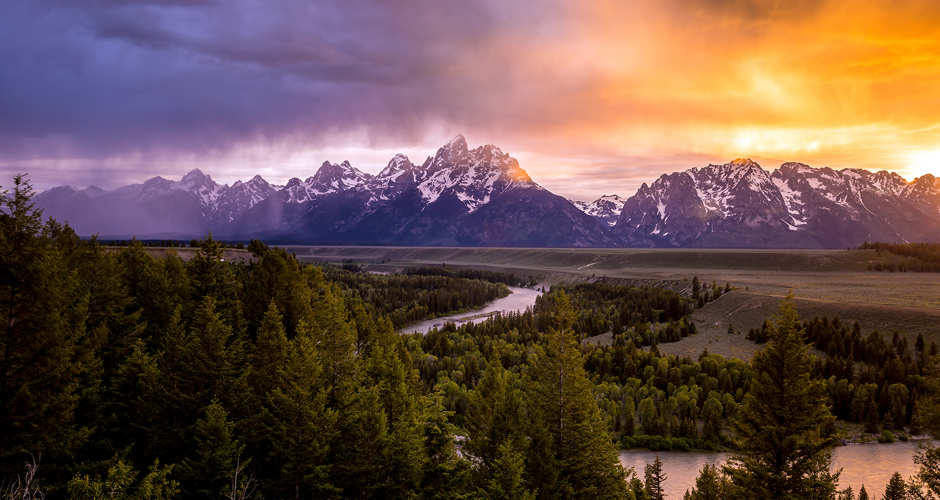It may not feel like it, but you're standing on the largest active volcano in the world, Paul Doss, Yellowstone National Park geologist, told me soon after climbing off an enormous Harley-Davidson motorcycle and shaking hands when we met at the park headquarters at Mammoth Hot Springs early on a lovely morning in June. A native of Indiana, Doss is an amiable, soft-spoken, extremely thoughtful man who looks nothing like a National Park Service employee. He has a graying beard and hair tied back in a long ponytail. A small sapphire stud graces one ear. A slight paunch strains against his crisp Park Service uniform. He looks more like a blues musician than a government employee. In fact, he is a blues musician (harmonica). But he sure knows and loves geology. "And I've got the best place in the world to do it," he says as we set off in a bouncy, battered four-wheel-drive vehicle in the general direction of Old Faithful. He has agreed to let me accompany him for a day as he goes about doing whatever it is a park geologist does. The first assignment today is to give an introductory talk to a new crop of tour guides.

Yellowstone, I hardly need point out, is sensationally beautiful, with plump, stately mountains, bison-specked meadows, tumbling streams, a sky-blue lake, wildlife beyond counting. "It really doesn't get any better than this if you're a geologist," Doss says. "You've got rocks up at Beartooth Gap that are nearly three billion years old—three-quarters of the way back to Earth's beginning—and then you've got mineral springs here"—he points at the sulfurous hot springs from which Mammoth takes its title—"where you can see rocks as they are being born.












